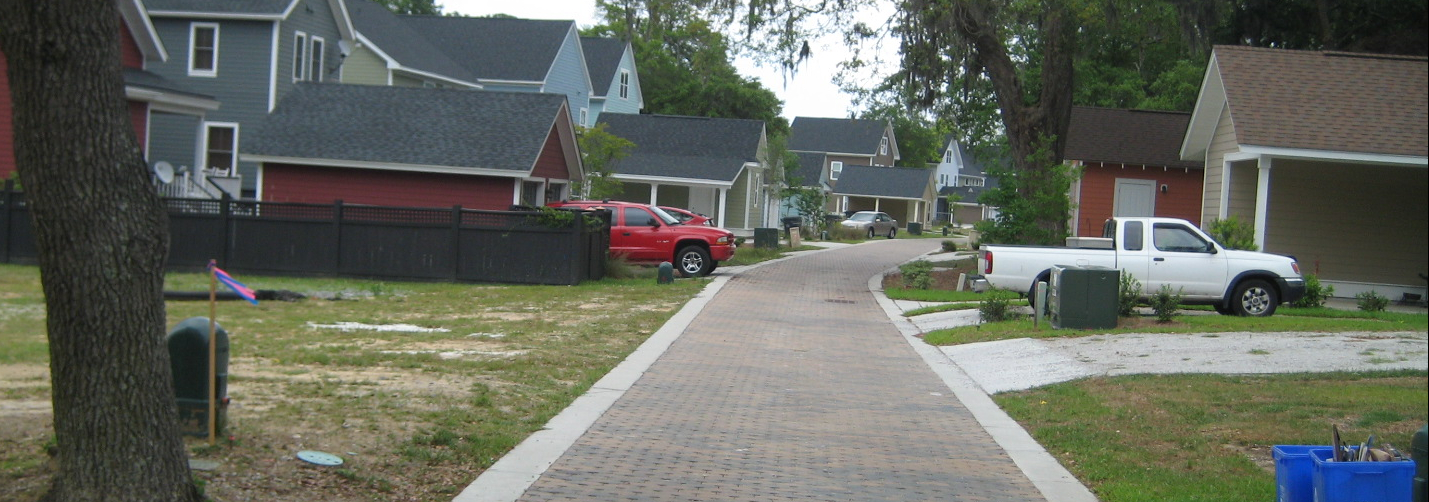Facilitates better site design to reduce pollution and costs
For Immediate Release
Contact: Kristen Peterson, The Hatcher Group, 410-990-0284, kristen@thehatchergroup.com
ELLICOTT CITY, Md. (Jan. 4, 2018) – The Center for Watershed Protection announced today that it has updated its widely used “Code and Ordinance Worksheet (COW),” a tool for evaluating development rules in communities. Originally created in 1998, the COW is a tool for municipal staff or non-governmental organizations whose communities are experiencing or anticipating new development or redevelopment in urban, suburban or rural areas and need help evaluating their local development regulations.
“Our main goal is to help communities establish local development rules that help protect our waterways,” said Karen Cappiella, director of research for the Center. “The COW allows an in-depth review of the standards, ordinances and codes that shape how development occurs. We are excited to launch this updated COW to help local communities plan for more environmentally friendly, economically viable and locally appropriate development.”
To update the COW, the Center incorporated input from experts across the nation in relevant disciplines, including stormwater, transportation and planning. The update reflects the latest in stormwater management technology and regulations; addresses broader development types beyond just new (suburban) residential subdivisions; incorporates updated standards and research on better site design practices; and provides a user-friendly format for scoring.
“Over the past twenty years, we have advanced our thinking about how stormwater is managed on development sites,” added Cappiella. “The result has been a shift from primarily using ponds and wetlands to the integration of green infrastructure to promote infiltration and reduce runoff. This shift has led us to take another look at how local development regulations can influence and promote these new practices. Stormwater permitting agencies are increasingly requiring the use of green infrastructure and the COW can help them to identify and remove barriers to these practices, and comply with permit requirements.”
The COW is a companion document to the Center’s Better Site Design Handbook, which presents a process for evaluating local development regulations and making strategic code changes within a community. It outlines 22 model development principles for implementing better site design that reduces impervious cover, conserves open space, prevents stormwater pollution and reduces the overall cost of development.
Since its creation, the COW has been used by the Center to review local development regulations in over 75 communities in Maryland, Pennsylvania, Virginia, South Carolina, Ohio, Wisconsin, New York, Alabama and the District of Columbia. Other organizations, including the Cumberland River Compact, Southeast Watershed Forum, Pennsylvania Environmental Council, Potomac Conservancy, James River Association and Tennessee Valley Authority, have used the better site design process to help update their local codes or to conduct roundtables to improve planning.
For more information, visit www.cwp.org/updated-code-ordinance-worksheet-improving-local-development-regulations/






